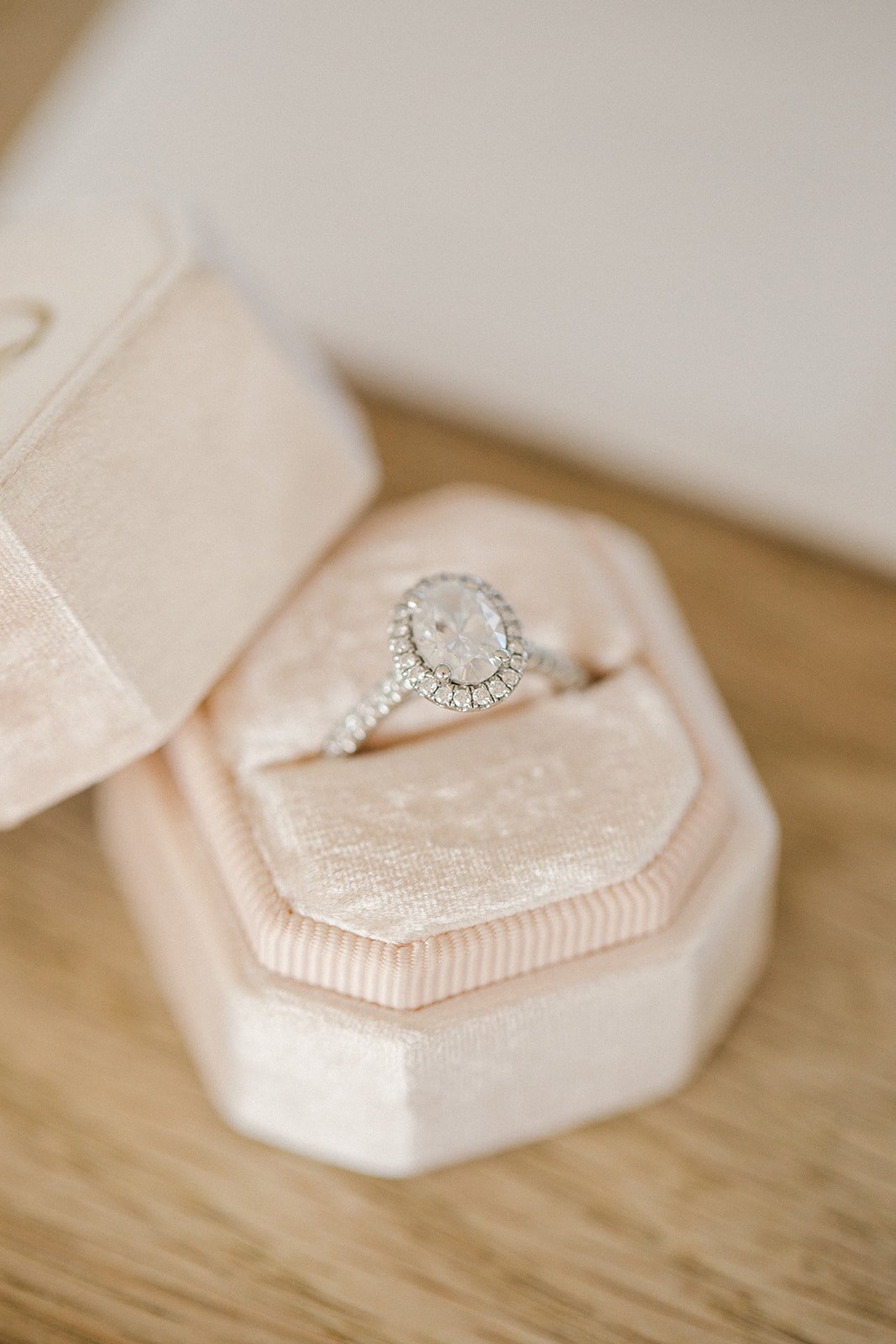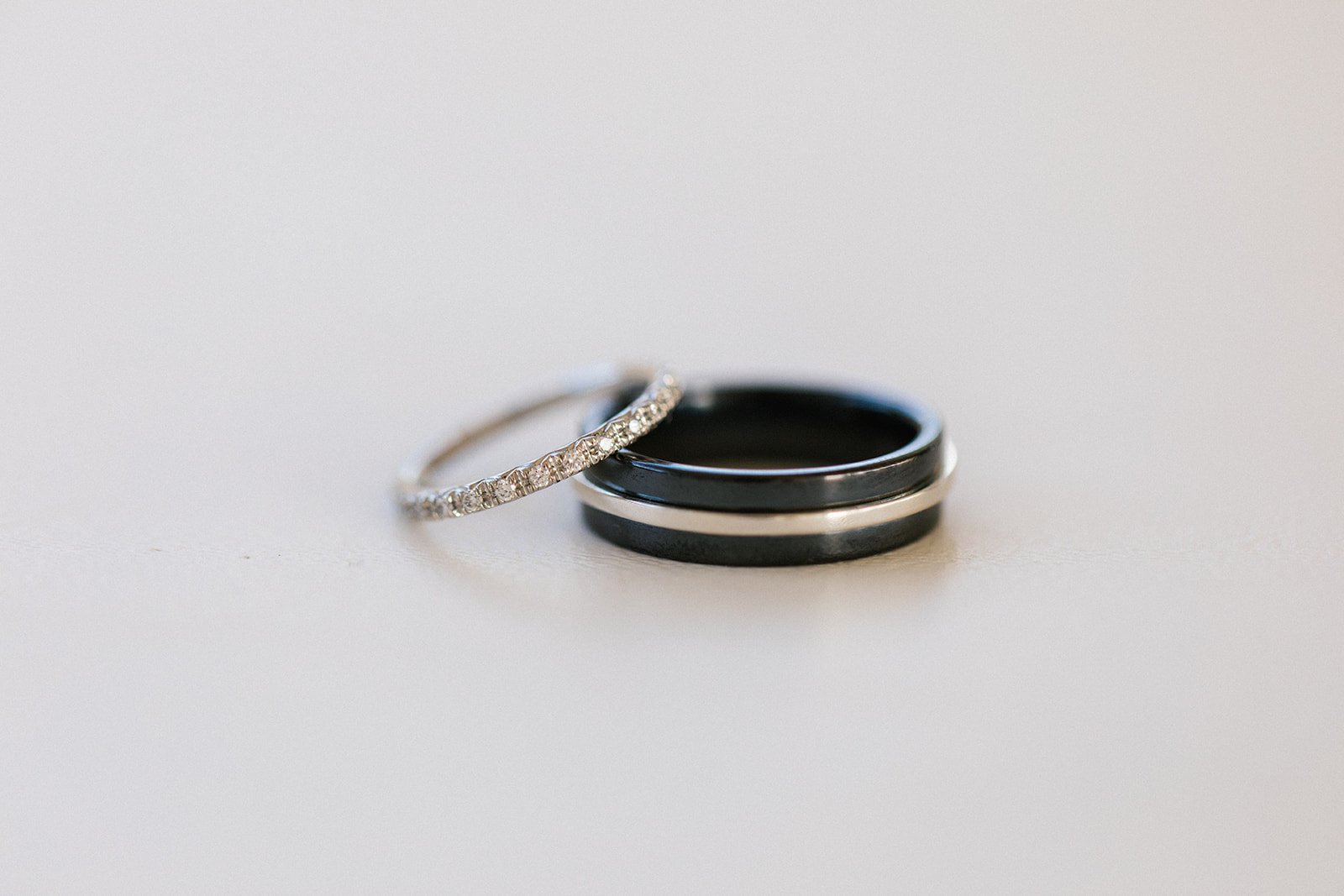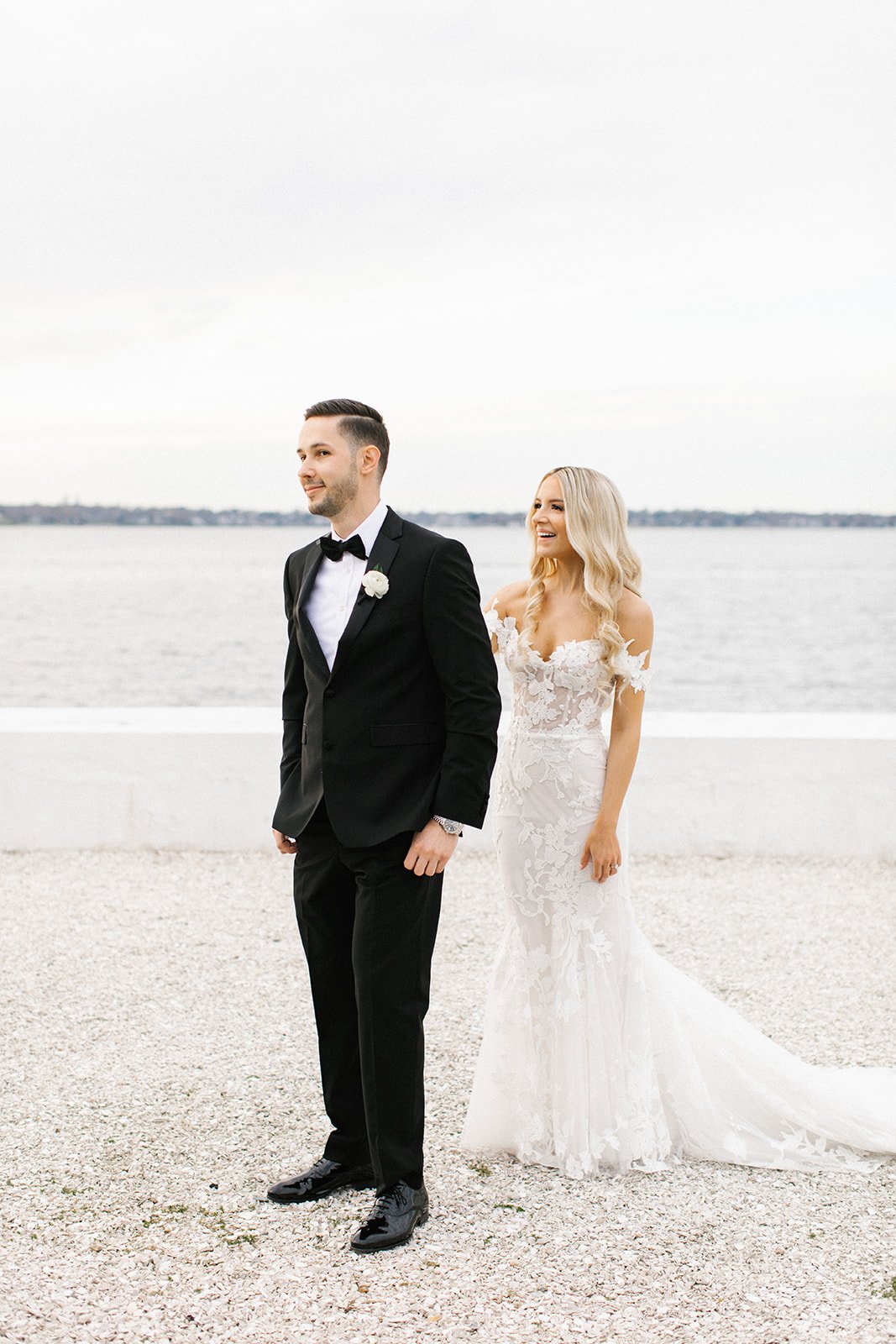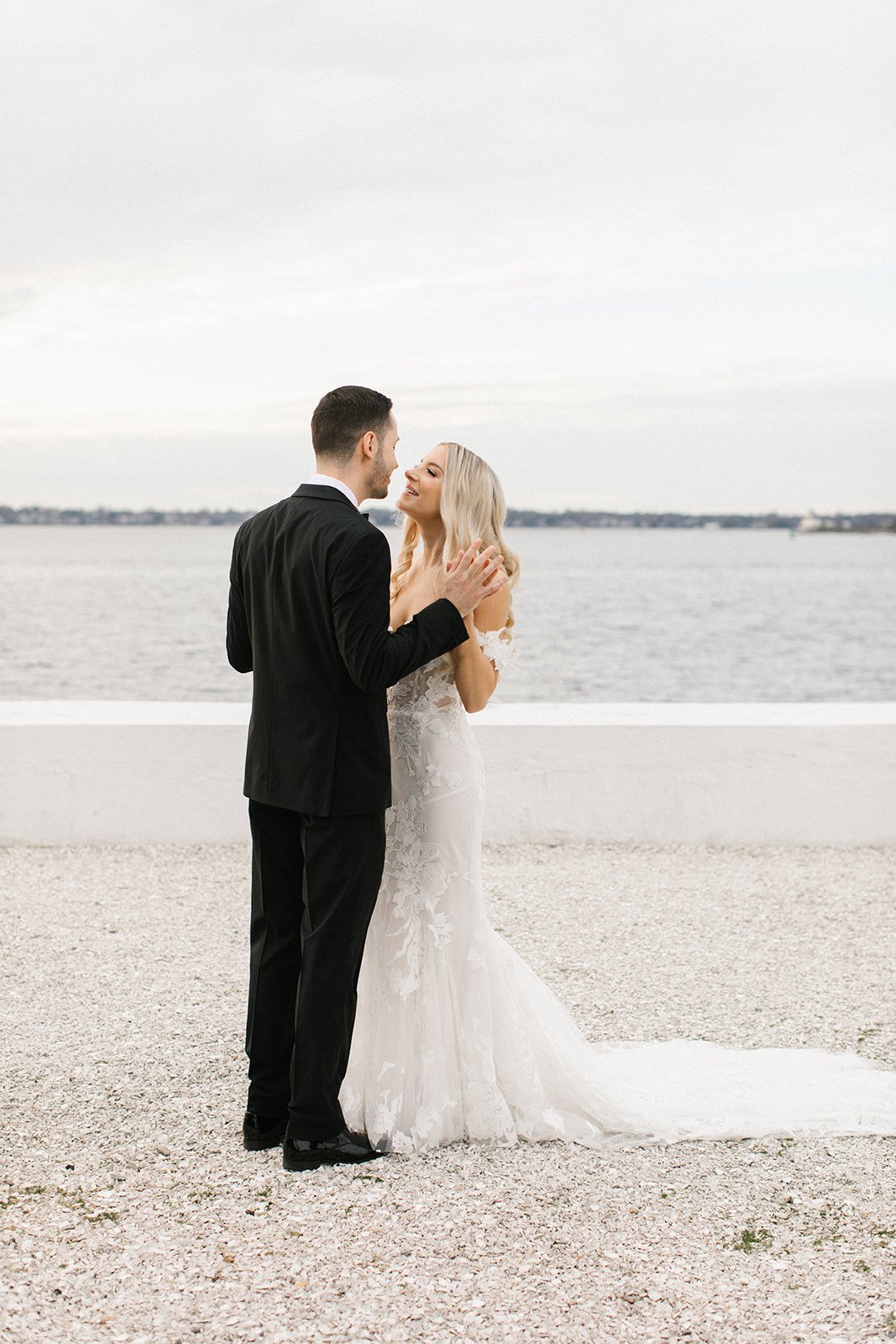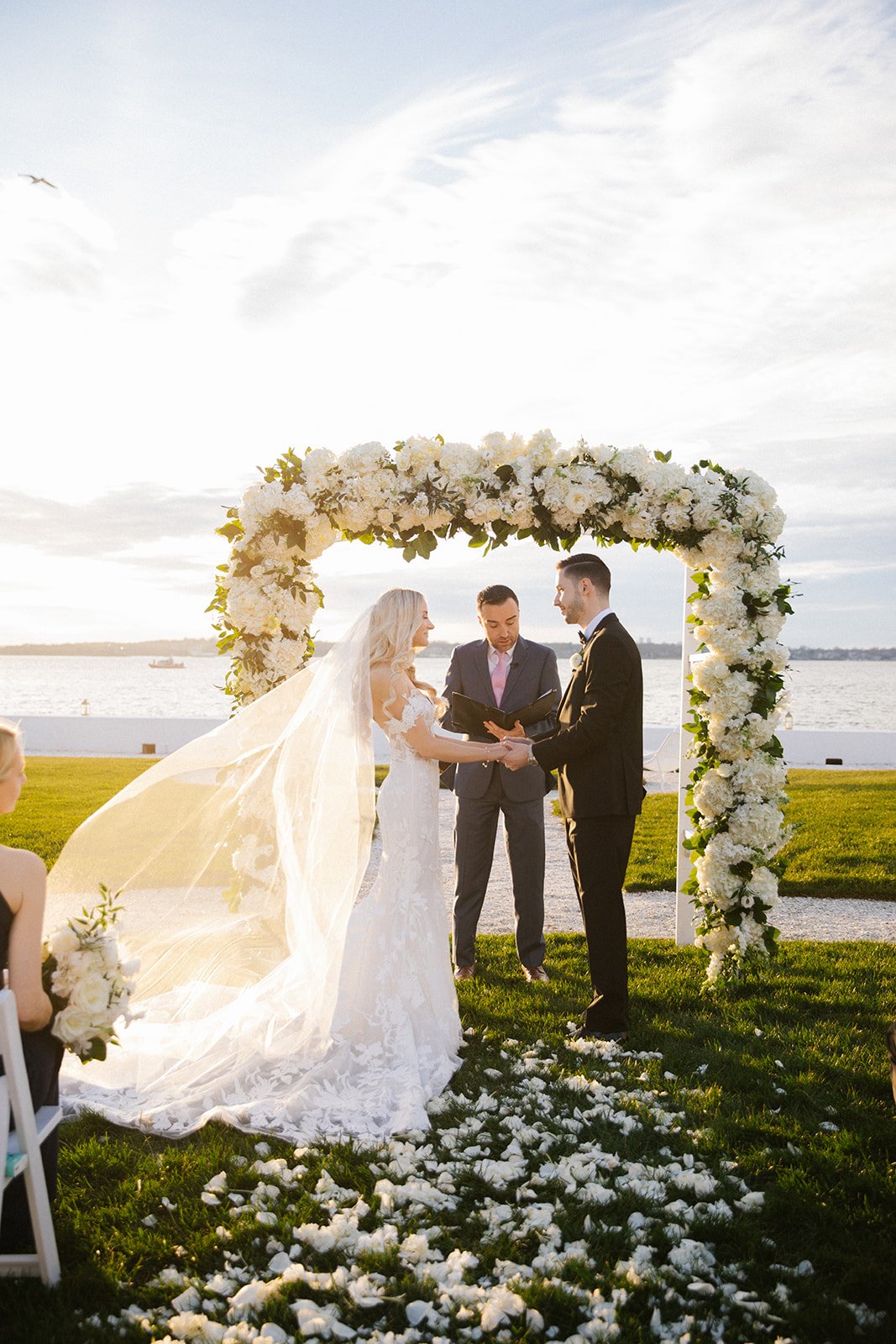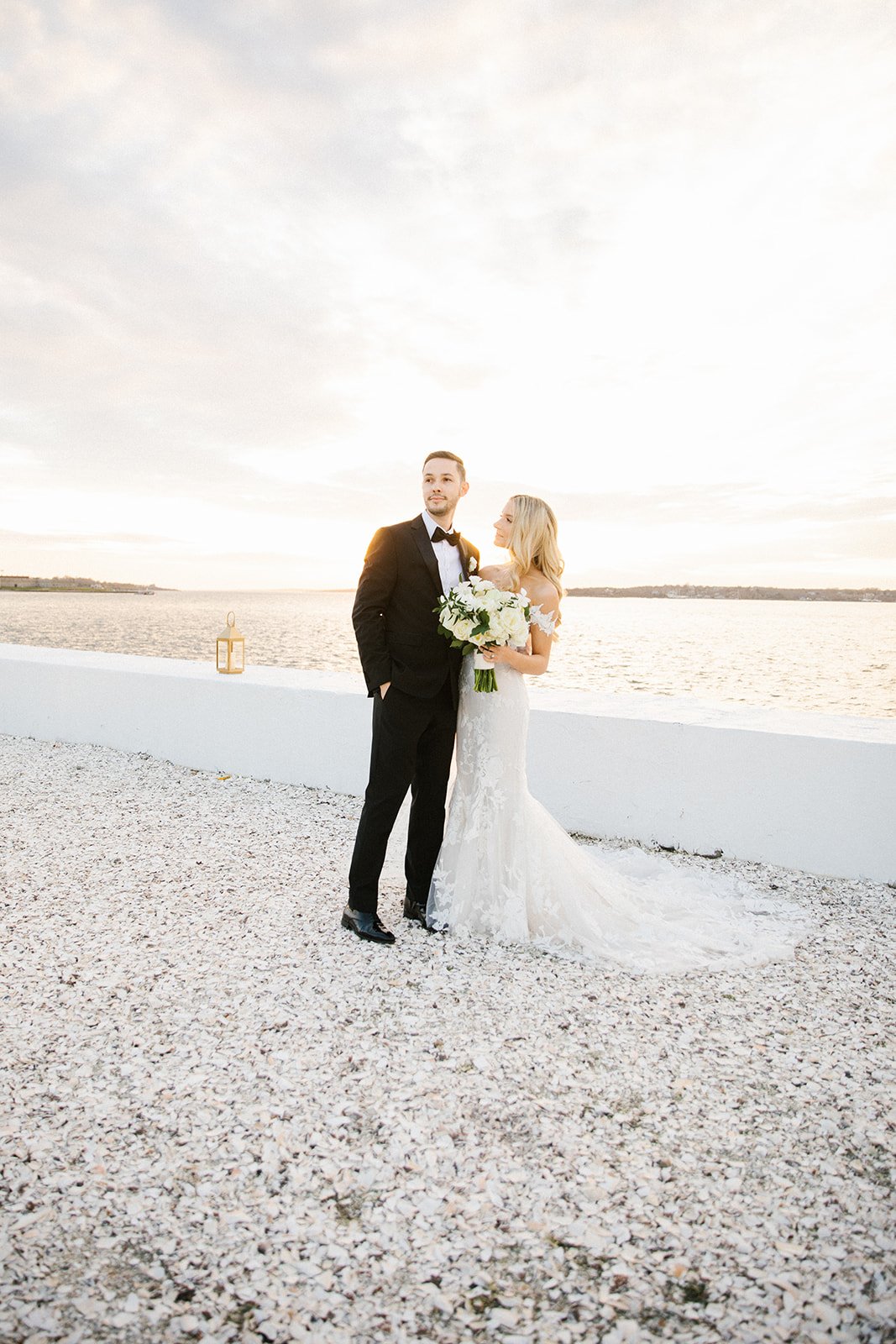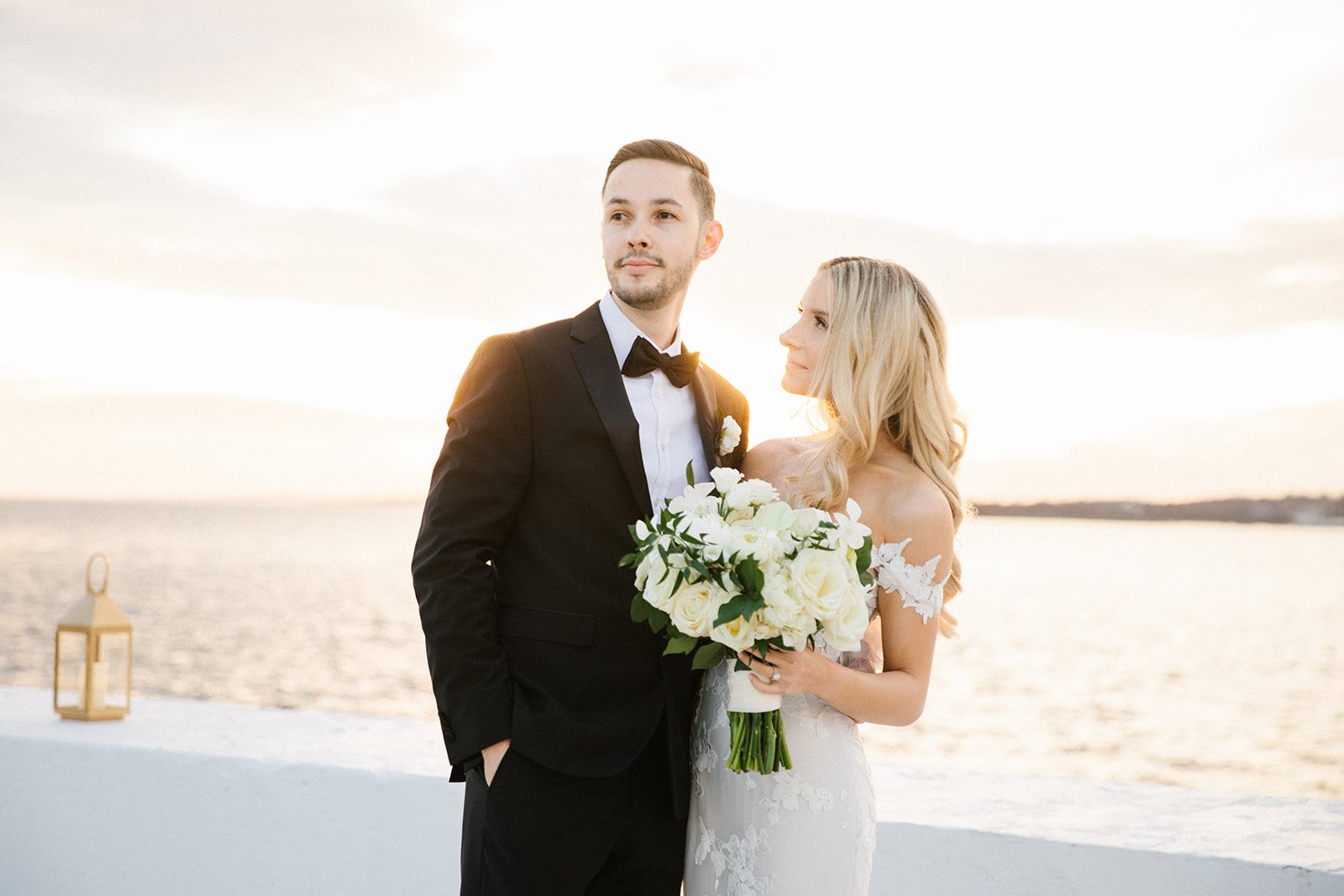Planning a wedding is an exciting and, at times, overwhelming experience. One crucial aspect of wedding planning is creating a timeline that ensures your photographer captures all the special moments and details of your big day. A well-thought-out timeline can make a significant difference in the quality of your wedding photos. Here are 10 important things to consider when making a timeline for your photographer:
Timely Communication: Don't wait until the last minute to provide your photographer with the timeline. Involve them in the conversation early on, ideally 30-60 days before the wedding. Maintain open communication about essential details.
2. Location Planning: Keep the locations simple. While having a variety of photo locations can be appealing, it can also lead to logistical challenges and stress. Stick to a few well-chosen locations to streamline the day.
3. Start Time: Determine when you want your photographer or videographer to arrive. A general guideline is 1-1.5 hours before the bride puts on her dress, and they should stay for about an hour into the dancing. Adjust this based on your specific photography needs, such as capturing more dancing shots or planning unique exit moments like a sparkler send-off or vintage car departure.
4. Detail Shots: Ensure there's time for your photographer to capture detail shots, such as your dress, rings, and venue decor. If you don't have a second shooter available to handle this separately, plan to allocate time before the guests arrive at the ceremony location for these shots.
5. First Look: If you want to attend your cocktail hour, consider doing a first look before the ceremony. Family photos, bridal party shots, and portraits should be scheduled with enough time. Add extra time if you plan on shooting at multiple locations or want extensive bridal portraits.
6. Ceremony Length: Consider the length of your ceremony. If you're having a Catholic ceremony or a full mass, you may need to allocate more time for photography. A typical 8-hour coverage may need to be extended to 10 hours to accommodate a longer ceremony.
7. Sunset Portraits: Schedule 10-15 minutes for sunset portraits. Be mindful not to overlap this with other events like speeches to ensure you don't miss this golden hour opportunity.
8. Vendor Meals: Suggest to your venue that vendors (including your photographer) eat at the same time as your guests. This ensures that your photographer is well-fed and energized to capture all the key moments without interruptions.
9. Trust Your Photographer: Trust the professional you've hired. Provide any necessary direction and preferences during the planning process, but on the wedding day, let them work their magic. Trust their judgment on locations and lighting, as they're experts in creating stunning images.
10. Winter Weddings: If you're having a winter wedding, plan accordingly for the earlier sunset. Daylight is limited, so ensure you allocate enough time for your photos before it gets dark. Otherwise, you may end up with all your photos taken with artificial flash lighting.
In conclusion, creating a well-considered timeline for your photographer is crucial for capturing the essence of your wedding day. By taking these ten factors into account, you can help ensure that your wedding photos are a beautiful and lasting memory of your special day.




